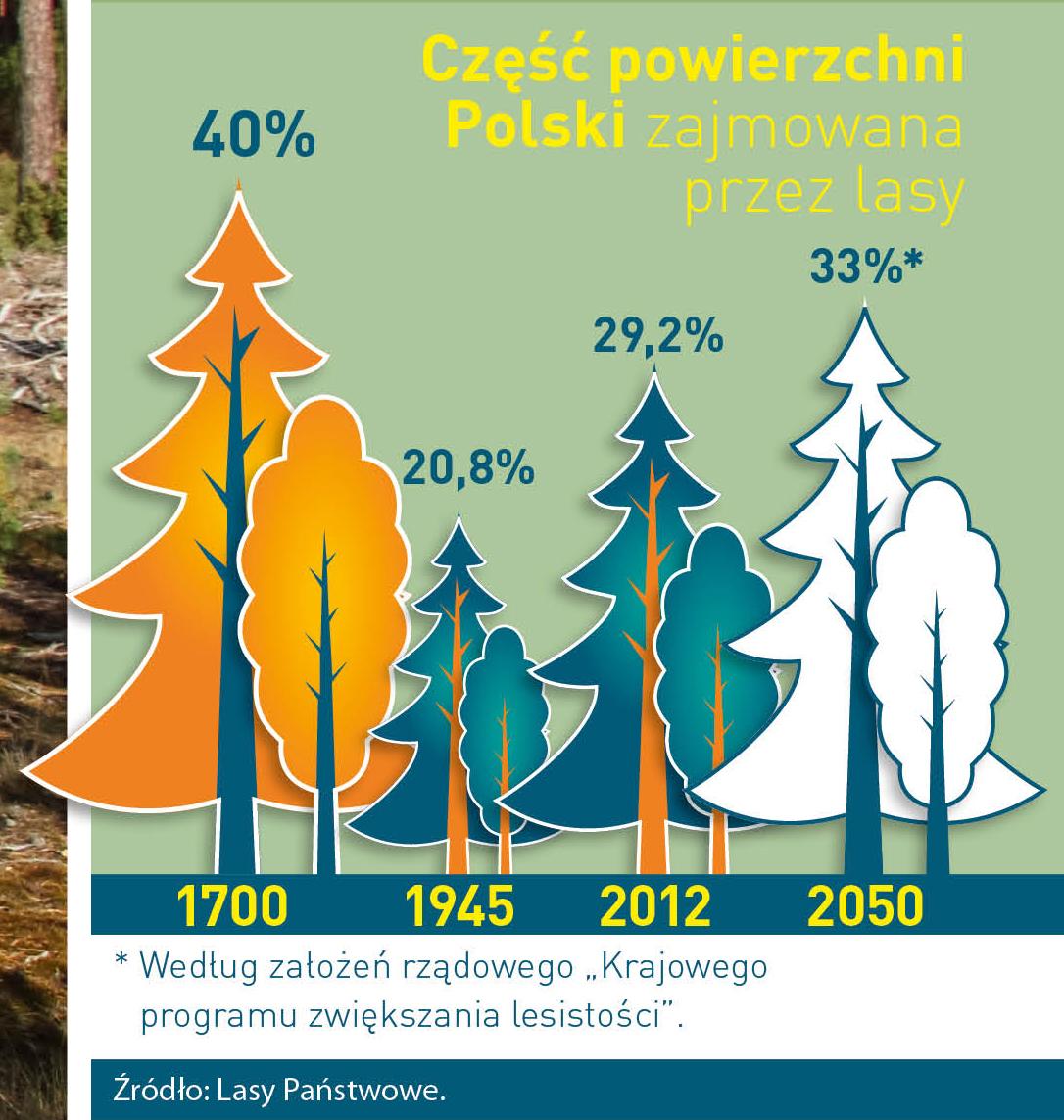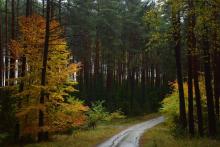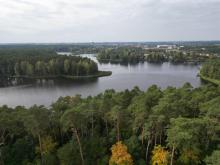 Asset Publisher
Asset Publisher
Polish forests
Poland is in the European lead, while concerning the area of all forests. They cover about 29,2 % of the country territory, and grow within the area of 9,1 million hectares. The overwhelming majority of the forests is state owned, of which almost 7,6 million hectares are managed by the State Forests National Forest Holding..
The number of Polish forest is still growing. The forestation rate of the country has increased from 21 % in 1945 to 29,2 % at the moment. Between 1995 and 2008, the forest area increased by 310 thousand ha. The basis for afforestation works is the "National Programme for Increasing the Forest Cover" (KPZL), assuming an increase of the forestation rate up to 30 % by 2020 and up to 33 % by 2050. Polish forests abound in flora, fauna and fungi. 65 % of the total number of animal species live there.
The forests grow in our country on poor soils, mainly because of the development of the agriculture in previous years. It influences the distribution of the types of the forest sites in Poland. Over 55 % of the forest areas is covered with coniferous forests. In other areas, there are forest sites, mainly the mixed ones. Their small part constitute alder and riparian forests – not more than 3 %.
In the years 1945 – 2011 the area of natural deciduous tree stands within the area of the State Forests National Forest Holding increased from 13 to 28,2 %.
Within the lowlands and uplands the most often occurring tee species is pine. It covers 64,3 % of the forest area of the State Forests National Forest Holding and 57,7 % of private and commune forests. In the mountains the predominant species is European spruce ( in the west) and European spruce with beech (in the east). Domination of pine is the result of carrying on sustainable forest management in the past. Once, the monocultures (crops or cultivations of one species) were the answer to the great demand of industry for wood. Such forests appeared to be quite fragile to climatic factors. They also were often the prey of pests' expansion.
In Polish forests, the share of other tree species, especially deciduous trees have been systematically increasing. The foresters have stepped aside from monocultures – that is why, they try to fit specific species of the forest stand to the natural stand, that would be proper for the given area. Thanks to that, in the years 1945 – 2011, the area of the deciduous tree stands within the lands of the State Forests National Forest Holding increased from 13 to 28,2 %. There occur more and more frequently the following tree species: oaks, ashes, maples, sycamore maples, elms, but also birches, beeches, alders, poplars, hornbeams, aspens, tilias and willows.
Our forests are the most often represented by the forest stands aged 40 to 80 years. The average age of the forest equals 60 years. More and more trees are of big size at the age over 80 years. Since the end of the Second World War, the forests' area has increased up to almost 1,85 million hectares.
Raport o stanie lasów w Polsce 2012
 Asset Publisher
Asset Publisher
Nowe rezerwaty w Nadleśnictwie Rytel
Nowe rezerwaty w Nadleśnictwie Rytel
Zarządzeniami Regionalnego Dyrektora Ochrony Środowiska w Gdańsku, z dnia 4 grudnia 2024 r. (Dz.U. Województwa Pomorskiego, poz. 5247 i 5248), utworzone zostały na terenie Nadleśnictwa Rytel dwa rezerwaty przyrody – „Jezioro Żabionek” (12,62 ha) i „Jezioro Sosnówek” (8,59 ha), których rodzaj określono jako „wodne” (W).
Ze względu na dominujący przedmiot ochrony są rezerwatami biocenotycznymi i fizjocenotycznymi (PBf), biocenoz naturalnych i półnaturalnych (bp), a ze względu na główny typ ekosystemu: wodnymi (EW), jezior oligotroficznych (jo). Obydwa zbiorniki są charakterystycznymi dla Borów Tucholskich, niewielkimi jeziorkami wytopiskowymi zlokalizowanymi na sandrze, otoczonymi drzewostanami sosnowymi sztucznego pochodzenia. Rezerwaty leżą w granicach Zaborskiego Parku Krajobrazowego, w otulinie Parku Narodowego „Bory Tucholskie”, w obszarach Natura 2000: Sandr Brdy PLH220026 i Wielki Sandr Brdy PLB220001.
Same jeziorka były dotychczas użytkami ekologicznymi: J. Żabionek - 6,53 ha, a J. Sosnówek – 4,40 ha. Obejmowane tą formą ochrony przyrody Rozporządzeniem Nr 64/97 Wojewody Bydgoskiego z dn. 30.10.1997 r. były wówczas w zarządzie Agencji Własności Rolnej Skarbu Państwa. Obecnie znajdują się w zarządzie Państwowego Gospodarstwa Leśnego Lasy Państwowe – Nadleśnictwa Rytel. W obowiązującym Planie Urządzenia Lasu na lata od 2020 do 2029, wyznaczono wokół nich strefy buforowe szerokości od 40m – 100 m, które, jako „drzewostany referencyjne”, nadleśnictwo wyłączyło z użytkowania gospodarczego. Powierzchnie te zostały teraz objęte ochroną rezerwatową. W celu zabezpieczenia przed zagrożeniami zewnętrznymi, dla obydwu rezerwatów wyznaczono otulinę, która wynosi odpowiednio 15,96 ha oraz 18,39 ha.
Oligotroficzne, miękkowodne Jezioro Sosnówek, na podstawie badań prowadzonych od 2009 roku, zakwalifikowane zostało do siedliska 3110 – jeziora lobeliowe i oceniono jego reprezentatywność w ramach tego siedliska na doskonałą (A). Woda jeziorka jest kwaśna, uboga w sole mineralne, o przezroczystości do 8 m. Występuje w nim liczna populacja lobelii jeziornej (Lobelia dortmanna) i poryblina jeziornego (Isoetes lacustris). Jako cenna flora tego zbiornika wymieniany jest również torfowiec ząbkowany (Sphagnum denticulatum), który występuje wraz z innymi torfowcami nie tylko na brzegach, ale także na dnie jeziorka, do 5-7m głębokości.
Trofia Jeziora Żabionek jest wyraźnie wyższa niż Jeziora Sosnówek. Woda ma odczyn kwaśny, zabarwienie żółtawe, a jej przezroczystość sięga 2 m. Charakterystycznymi roślinami litoralu tego zbiornika są: turzyca nitkowata (Carex lasiocarpa), turzyca dzióbkowata (Carex rostrata), turzyca sztywna (Carex elata), ponikło błotne (Eleocharis palustris) oraz sit drobny (Juncus bulbosus). W wodzie, wzdłuż brzegów rosną rozległe płaty grążela żółtego (Nuphar lutea).
Łączna powierzchnia rezerwatów w Nadleśnictwie Rytel wynosi obecnie 85,21 ha. W niedalekim sąsiedztwie nowo utworzonych rezerwatów oraz rezerwatu „Moczadło”, powołanego do życia w 2010 r., projektowane jest utworzenie jeszcze jednego rezerwatu wodnego – „Jezioro Długie”. Byłby to piąty rezerwat na terenie Nadleśnictwa Rytel.


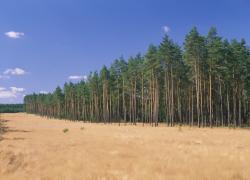 fot. Paweł Fabijański
fot. Paweł Fabijański
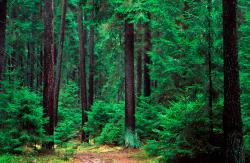 fot. Paweł Fabijański
fot. Paweł Fabijański
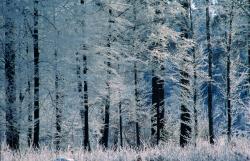 fot. Paweł Fabijański
fot. Paweł Fabijański
